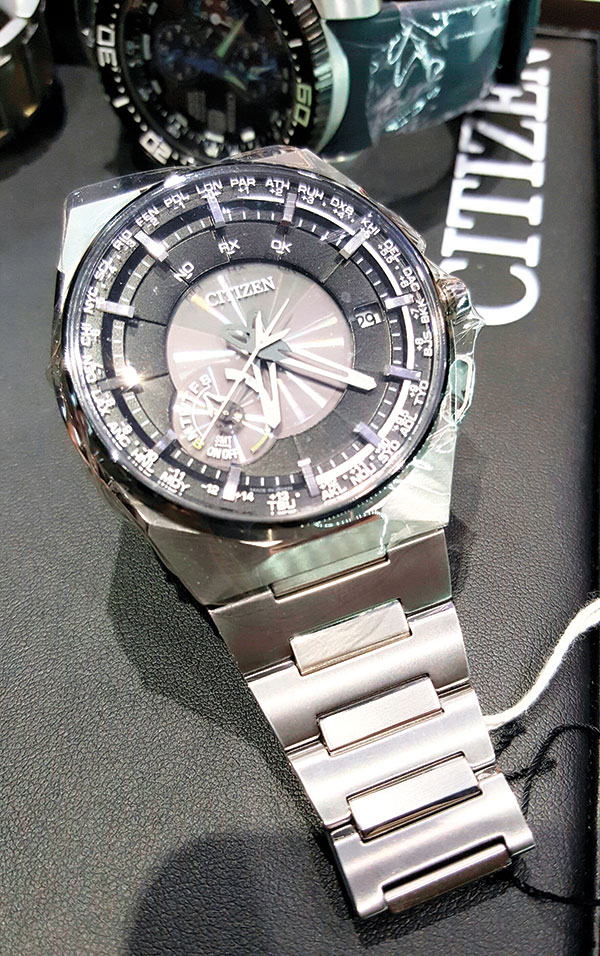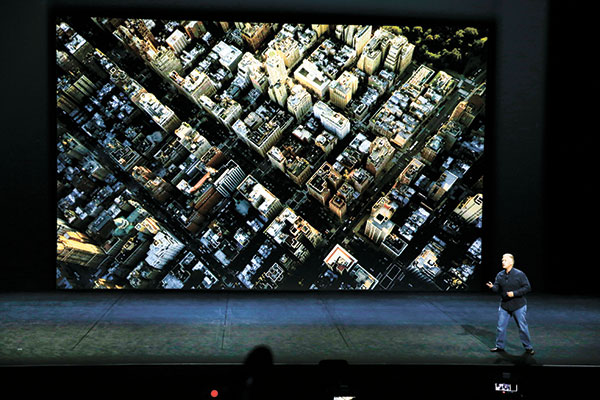Lenovo, Google unveil phone that knows its way around a room
SAN FRANCISCO — A Lenovo smartphone unveiled Thursday will be clever enough to grasp your physical surroundings — such as the room’s size and the presence of other people — and potentially transform how we interact with e-commerce, education and gaming.

Today’s smartphones track location through GPS and cell towers, but that does little more than tell apps where you are. Tapping Google’s 3-year-old Project Tango , the new Phab2 Pro phone will use software and sensors to track motions and map building interiors, including the location of doors and windows.
That’s a crucial step in the promising new frontier in “augmented reality,” or the digital projection of lifelike images and data into a real-life environment.
If Tango fulfills its promise, furniture shoppers will be able use the Phab2 Pro to download digital models of couches, chairs and coffee tables to see how they would look in their actual living rooms. Kids studying the Mesozoic Era would be able to place a virtual Tyrannosaurus or Velociraptor in their home or classroom — and even take selfies with one.

The technology would even know when to display information about an artist or a scene depicted in a painting as you stroll through a museum.
Tango will be able to create internal maps of homes and offices on the fly. Google won’t need to build a mapping database ahead of time, as it does with existing services like Google Maps and Street View. Nonetheless, Tango could raise fresh concerns about privacy if controls aren’t stringent enough to prevent the on-the-fly maps from being shared with unauthorized apps or heisted by hackers.
Lenovo says the Phab2 Pro will sell for $500 when it begins shipping in the U.S. in August. The device is expected to be available throughout the world by mid-September, in advance of Apple’s anticipated release of the iPhone 7.
In another effort to put a new twist on smartphones, Lenovo also previewed the newest models in its Moto line, which it bought from Google two years ago.
The Moto Z and Moto Z Force will both let people snap on additional equipment called “Mods” to the back of the phones. The initial Mods include a speaker to amplify music, a projector for displaying photos and video from the phone and a power pack that provides 22 hours of additional battery. The phones will be available exclusively in the US through Verizon this summer before a global release in the fall.
The Phab2 Pro also looks impressive, with a 6.4-inch display screen and four cameras to help perform its wizardry. Lenovo boasts the phone’s sensors can capture about 250,000 measurements per second.
The AR and VR devices out so far invariably require users to wear a headset or glasses. In many cases, they also must be tethered to more powerful personal computers, restricting the ability to move around.
None of that is necessary with the Phab2 Pro. Instead, you get an augmented look at your surroundings through the phone’s screen.
“This has a chance to become pervasive because it’s integrated into a device that you already have with you all the time,” says Jeff Meredith, a Lenovo vice president who oversaw development of the Tango device. “You aren’t going to have to walk around a mall wearing a headset.” (AP)


